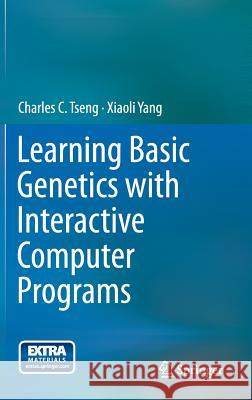Learning Basic Genetics with Interactive Computer Programs » książka
Learning Basic Genetics with Interactive Computer Programs
ISBN-13: 9781461460824 / Angielski / Twarda / 2013 / 261 str.
Learning Basic Genetics with Interactive Computer Programs
ISBN-13: 9781461460824 / Angielski / Twarda / 2013 / 261 str.
(netto: 183,56 VAT: 5%)
Najniższa cena z 30 dni: 191,40 zł
ok. 20 dni roboczych.
Darmowa dostawa!
Traditionally, genetics laboratory exercises at the university level focus on mono- and dihybrid crosses and phenotypic analysis--exercises under traditional time, materials, and process constraints. Lately, molecular techniques such as gene cloning, polymerase chain reactions (PCR), and bioinformatics are being included in many teaching laboratories--where affordable. Human chromosome analysis, when present at all, has often been restricted to simple identification of chromosomes by number, through the usual "cut-and-paste" method. Although several online karyotyping (chromosome identification) programs have become available, they are not meaningful for studying the dynamics of the chromosome system, nor do they help students understand genetics as a discipline. The software that accompanies this book has been shown to be an ideal tool for learning about genetics, which requires a combination of understanding, conceptualization, and practical experience.











